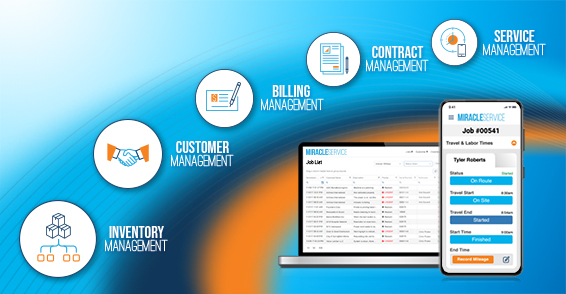
QuickBooks Online vs Desktop
November 21, 2024
A New Way to Manage Your Business
December 2, 2024Before the Internet, advertising was straightforward. You hired a designer to create an advertisement, then bought space in a newspaper, magazine, or flyer. You selected outlets you believed would gain you the best responses based on your budgetary requirements. You could also request placement in the classified section, the middle of the publication, or near the front for better visibility. Except for analyzing the effectiveness of your advertising and collecting the profits, that was about all there was to it.
What is Pay Par Click (PPC) Advertising?
Times have changed with the advent of the Internet. Advertising on the Internet is simple and cost-effective if you do the appropriate analysis, but it comes with more than its share of challenges. At its most primitive, someone can just put up a webpage and wait for the search engines to find it – this is known as organic search. Others use pay per click (PPC) to generate revenue based on when someone clicks an advertisement. Many platforms support PPC, including Facebook, AdWords, Twitter, LinkedIn, Pinterest, Instagram, and so forth. The potential for driving traffic to your website or storefront is immense.
Also Read: Email Deliverability
Challenges of PPC Advertising
PPC comes with its own challenges, the most basic of which is determining the cost of ads versus the money you can make based on them. You must be careful because you can wind up spending a small fortune with little result if you haven’t done your homework. Gaining clicks from people who do not intend to buy your products is not a great way to spend your money.
Unfortunately, sometimes the issues are out of your control. Consider the practice known as click fraud. This is a type of fraud specific to PPC online advertising in which a person, application, or bot clicks on advertisements without any intention of making purchases.
Understanding of Click Fraud in PPC
This is done for a multitude of reasons, including:
· Driving up expenses for a competitor by continuously clicking links which cost the competitor money.
· Unscrupulous advertising networks can fraudulently click links, which result in charges to the advertiser that don’t produce income.
· Friends or fans of an advertiser may click on ads in the mistaken belief that they are helping them.
· Competitors can repeatedly click on links to make it look like an advertiser is clicking on their own links, which can cause the advertiser to be banned. This is most common with websites that include banners but don’t sell the products themselves in order to make money off the clicks.
How to Detect Click Fraud Using Google Analytics
For example, you can use Google analytics to detect incidents of click fraud. Log into Google Analytics and select the Acquisition>All traffic>Source/Medium option to quickly view your activity to see if it’s realistic. If your click rate is high without many conversions, it’s a sign that click fraud may need to be investigated. You can also look at Audience>Geo>Location to get an idea of where the clicks are coming from; an unusually high amount from one area can be an indicator of click fraud.
Next to Read: Five Reasons Your Business Should Be Concerned About Ransomware
Final Words: Protect your PPC Campaigns from Click Fraud
The effective use of PPC is a great way to drive traffic to your storefront, product pages, or website. As with anything in this world, fraudsters and scammers find ways to hijack or beat the system for their own nefarious purposes. Use the tools provided by your PPC platform to ferret out incidents of click fraud so you can deal with them before they become a real problem and cost you an arm and a leg.




